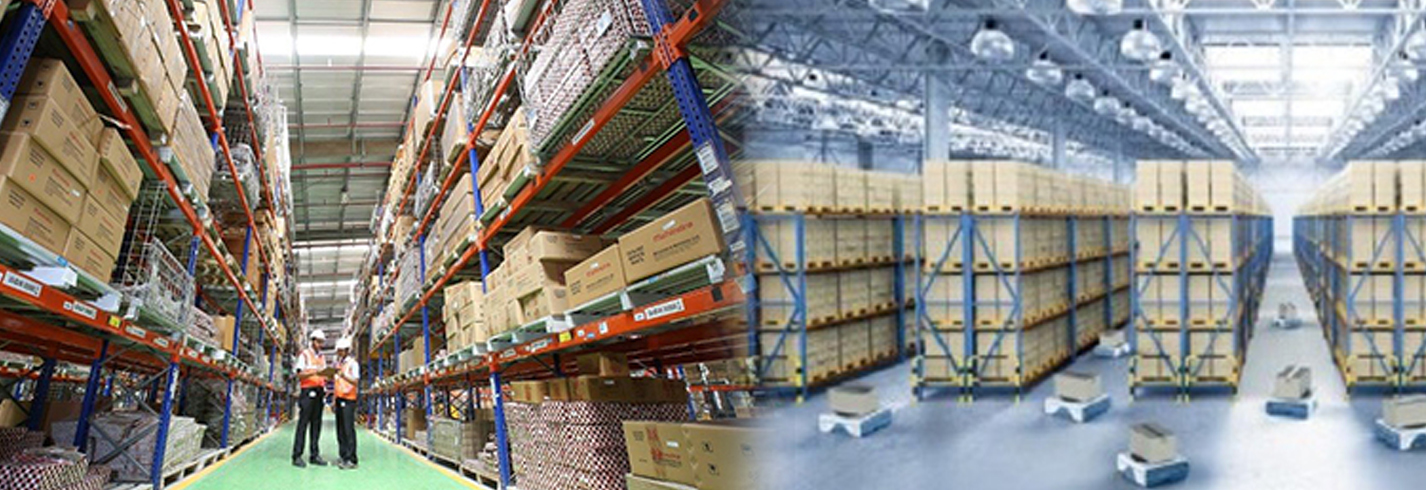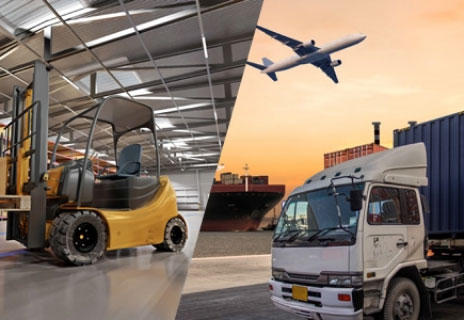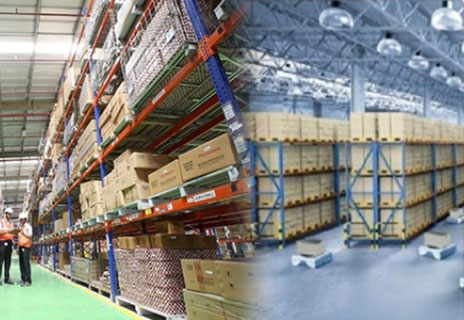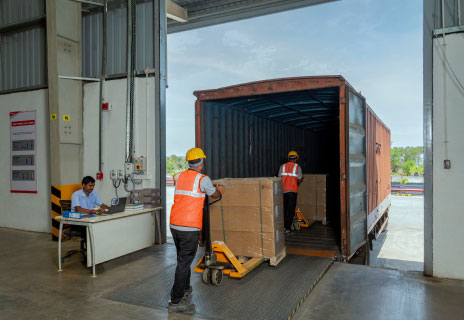
Tips for warehouse automation to maximise output
Thriving E-Commerce and retail sector worldwide is driving adoption of technology. The effective use of robots, high speed sorters, wearable devices or smart glasses for faster pick-ups is the trending topics in logistics sector. Hence, warehouse automation is in buzz these days and sterling topic everyone wants to explore as a demonstration of their technological and process capabilities.
Though, there is a particular dilemma in India. It is important to evaluate trade-off carefully between using human workforce and machine. Though the cost of automation may not vary much between nations such as Japan and India but the pay-back period of 2-3 years in Japan, becomes 8-10 years in India due to the availability and cost of labour.
This was a deterrent in deploying automation in Indian warehouse. However, the increasing service level demand of e-commerce/retail with extremely skewed operational requirements, has paved the way for Indian companies to go for automation.
Basic Automation: It is crucial to identify a problem to find out automation requirement in any setup.
You need to find out repetitive tasks that consume large amount of time or those that commonly lead to errors. Once you find those points in the process, you can start to think about automating them.
Secondly, there is a need to understand the importance of automation. The basic goal of automation is to increase productivity thereby enhancing profitability of operation, reduce errors, scale-up for peak volumes and increase the safety of operation.
We live in a world where digital and IOT is the next step on that journey delivering better customer practices and helping organisations achieve a competitive advantage.
Automation Leads to Opportunities
Scaling Up – you can scale up capacity or throughput of the warehouse with deployment of automation in the warehouse. There is no requirement to going through pain of shifting existing warehouse to a bigger one. Skewness Handling – Automation in the warehouse can enhance capability of the company to handle extreme peaks without any dependencies on labour. Labour Upgradation – Adding automation systems support workers in their tasks while removing the monotonous, non-productive, `Low to No’ value, reduction in fatigue or mistake-prone aspects of their jobs. These workers can be trained and can be used more effectively.
High-End Automation
Some of the challenges to be conquered are mentioned below-
Selection of Right Product
In current scenario, there are plenty of automation products available in market for every process in the warehouse. But one should identify which one is best suitable for the operation, because things that works well for one organisation, may not be suitable for the other. Therefore, forming the right team to take call on automation product is very critical; and availability of such trained resource is very scarce.
Silo Working
Any company going for automation must look at supply chain as a complete umbrella & not just a warehouse (where we are planning to implement automation). If your upstream suppliers can perform certain activities more cost effectively than you can at your warehouse, then your partners should perform these tasks and you should pay them a little extra. Similarly, if performing certain tasks at your warehouse (for a marginal increase in labour costs) results in significant labour savings downstream (e.g., faster receiving and shelf replenishment at the stores), then those tasks should be done at your warehouse.
Ever-Changing Business
Requirements With frequent changes in SKUs, addition of new products, changes or fluctuation in demands, there is direct impact on design of automated system developed for warehouse. Therefore, it is very important that you design automation system considering future demand of operation. Also, automation system should be easily scalable & modular, so that any changes in business can be catered smoothly & efficiently.
Change Management
The most challenging thing in implementing automation in any warehouse is change management, because business processes, work flows need to be rewritten with implementation of automation. This means that all manpower who are involved in warehouse operation needs to learn as well as adhere to new processes. As a human tendency, there is always reluctance to change and lot of people come justifying, how current processes are simple & efficient. Taking consideration of the above-mentioned challenges it makes sense to start small and build a scalable solution. The path to advanced automation involves going through each level of automation sequentially as the business matures. While you make the first upgrade decision, you should think ahead and pick an automation solution that is scalable and can be easily integrated with future solutions.
SOURCE: siliconindia.com





